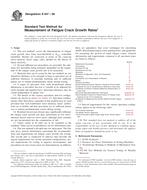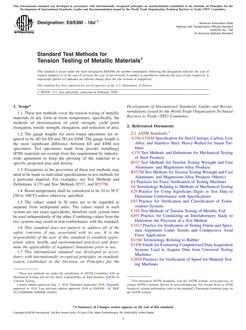1.1 This practice addresses sampling of organic compounds (i.e., PCBs, dioxins, many pesticides and similar compounds) from smooth nonporous surfaces using a solvent-wetted wipe sampling method. Samples are collected in a manner that permits the solvent extraction of the organic compound(s) of interest from the wipes and subsequent determination using a laboratory analysis technique such as gas chromatography with a suitable detector. This practice is, however, unsuitable for the collection of volatile organic compounds.
1.2 This practice should only be used to collect samples for the determination of organic compound(s) on a loading basis (e.g., mass per unit area). It cannot be used to collect samples for the determination of organic compounds on a concentration basis (e.g., mass per unit mass).
1.3 This wipe sampling practice is not recommended for collecting samples of organic compounds from rough or porous surfaces such as upholstery, carpeting, brick, rough concrete, ceiling tiles, and bare wood. It is also not intended for the collection of dust samples (see Practice E1728) or sampling to estimating human exposure to contaminated surfaces.
1.4 To ensure valid conclusions are reached, a sufficient number of samples must be obtained as directed by a sampling design (the number and location of samples including quality control samples) and a quality assurance/quality control plan. This practice does not address the sampling designs used to achieve the data quality objectives (see Practice D5792).
1.5 The values stated in SI units are to be regarded as the standard.
1.6 This standard does not purport to address all of the safety concerns, if any, associated with its use. It is the responsibility of the user of this standard to establish appropriate safety and health practices and determine the applicability of regulatory limitations prior to use.
Product Details
- Published:
- 04/10/2001
- Number of Pages:
- 3
- File Size:
- 1 file , 63 KB


